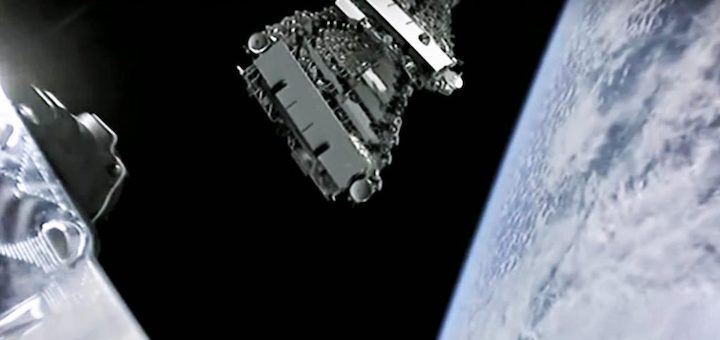7.02.2025
Starlink is a satellite network developed by SpaceX to provide low-cost internet to remote locations.

As SpaceX's Starlink constellation expands, what goes up must come down, leading to a notable increase in satellite deorbits.
Astronomers, tracking the objects in the sky noted that in January alone, over 120 Starlink satellites re-entered Earth's atmosphere, and burned up creating spectacular fireballs.
Astronomer Jonathan McDowell notes the unprecedented rate of daily re-entries, with approximately four to five Starlink satellites being retired and incinerated daily.
Starlink is a satellite network developed by SpaceX to provide low-cost internet to remote locations. As of January 2024, there were close to 7,000 Starlink satellites in orbit. SpaceX plans to refresh the Starlink megaconstellation every five years with newer technology.
Jonathan McDowell
@planet4589 · Follow
The most recent reentry prediction data from Space Force
has a plus or minus 18 minute uncertainty on the Starlink-
5693 reentry time, corresponding to a path from Vanuatu
to Honolulu to N Calif. to Milwaukee to NYC to the mid-
Atlantic. But...
4:58 AM · Jan 29, 2025
151 Reply Copy link
Read 4 replies
WHY ARE STARLINKS CRASHING DAILY?
The sudden surge in crashing of Starlink satellites is being blamed on the mass retirement of the first-generation (Gen1) Starlink satellites, which are making way for newer models, with over 500 of the 4,700 Gen1 satellites already reaching the end of life.
While the re-entries produce visually stunning fireballs, they also raise concerns about atmospheric pollution. The disintegration of satellites adds metallic vapours to the atmosphere.
A 2023 study found that 10% of aerosols collected 60,000 feet over Alaska contained aluminum and other metals from satellite burn-up.
WHY ARE SCIENTISTS WORRIED?
Each Gen1 Starlink satellite produces about 30 kilograms of aluminium oxide during demise, a compound known to deplete the ozone layer.
According to a new study, these oxides have increased eightfold between 2016 and 2022, with the recent surge exacerbating pollution. This raises concerns about an uncontrolled experiment in atmospheric chemistry.
Despite the environmental concerns, the increased rate of re-entry also means a higher chance of witnessing these fireballs. SpaceX designs its Starlink satellites to fully demise upon reentry, posing no threat to public safety and creating no orbital debris.
Not just Starlink crash, scientists have noted that there’s a 26 per cent annual chance that space rocket junk will re-enter the atmosphere and pass through a busy flight area.
While the chance of debris hitting an aircraft is very low, the research highlights that the potential for uncontrolled space rocket junk to disrupt flights and create additional costs for airlines and passengers is not.
Quelle: INDIA TODAY
